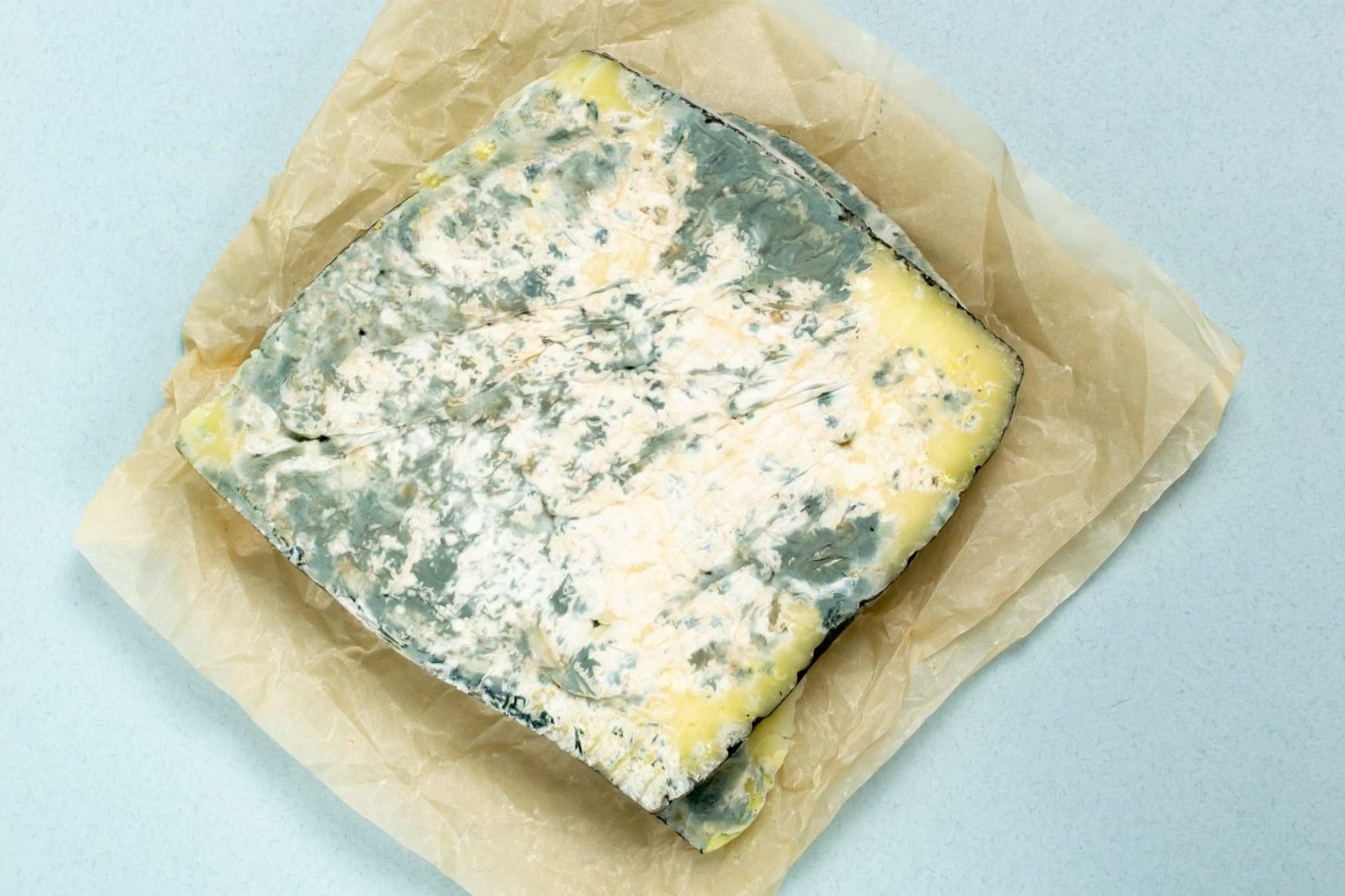09, 2023
Oopsthat plate of nachos you ate was topped with moldy cheese.
Weve all been there.
ItsTaco Tuesday, and obviously, a taco is not a taco without a delicious cheesy topping.

As you bite into your third stuffed tortilla, you notice a fuzzy blue topping on theshredded cheddar.
What do you do?
Can You Eat Moldy Cheese?

The short answer is, it depends.
In most cases, it is not safe to eat any key in of moldy food.
(Read it is OK to eat moldy strawberries.)

Mold can contain toxins that lead to illness.
Moldy foods are also more likely to be contaminated with bacteria that can cause food poisoning.
Types of bacteria that may lead to illness includelisteria, brucella, salmonella and E. coli.

Some cheeses are made with mold, and are safe for most healthy adults to consume.
These include blue cheese, Gorgonzola, Camembert and Brie.
Get to know if you caneat the rind on brie.

However, the rest of the block of cheese is still salvageable.
Be careful to keep the knife from becoming contaminated and touching the mold.
Dont take a shortcut with this step.

It is never safe to eat moldy soft cheeses such as cottage cheese, cream cheese or ricotta.
Mold can spread quickly in these cheeses.
When there is a small amount of mold on soft cheese, the entire container is likely contaminated.

To keep your cheese as fresh as possible,store it the right way.
What Happens If You Eat Moldy Cheese?
So what happens if you accidentally eat soft or semisoft cheese that has some mold on it?

(Learn food.)
Eating a small amount of moldy cheese will probably not cause health problems for most people.
As soon as you realize the cheese is moldy, throw it out.

If youre concerned that youre experiencing a serious reaction, call your healthcare provider right away.
Hereshow to tell if your food is spoiled.
We recommend our users to update the internet tool.



































